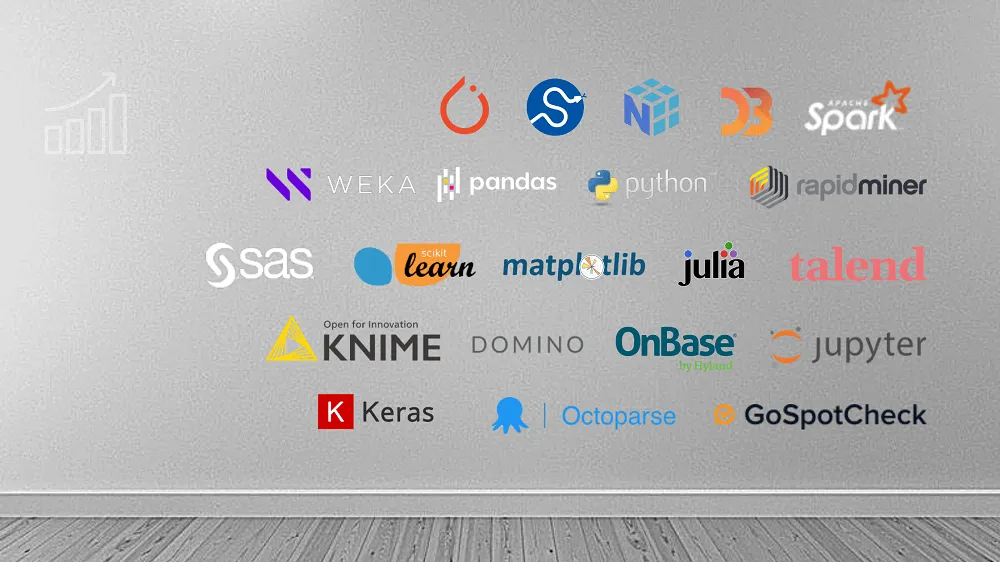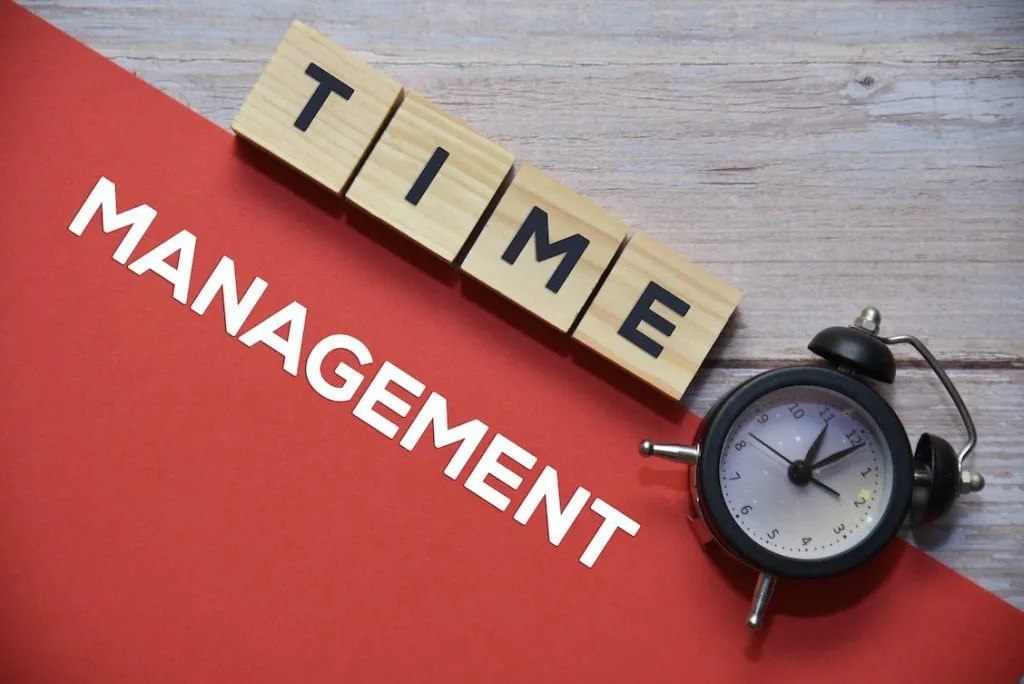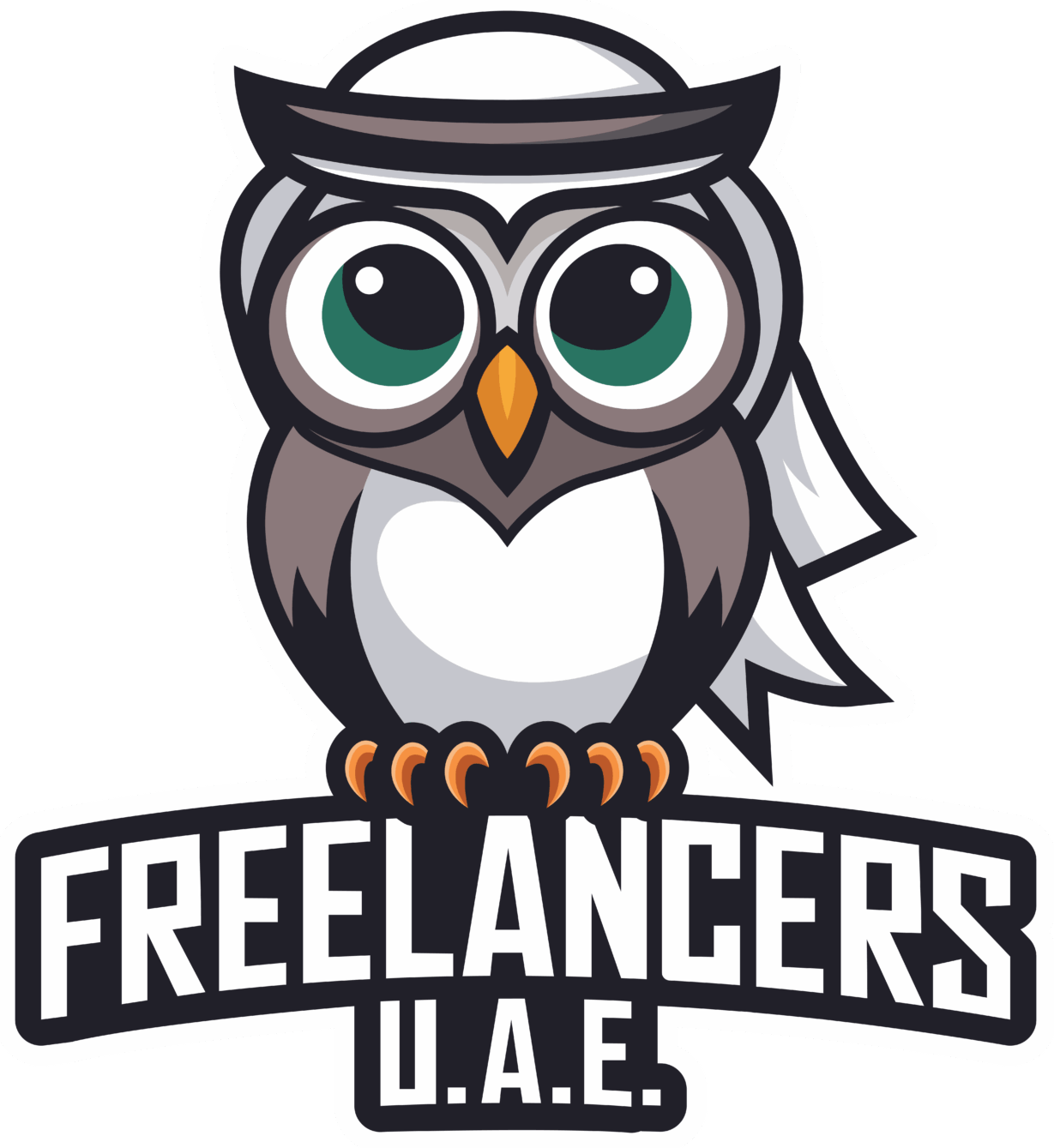? Introduction
The world of data is booming, and with it, the opportunities for freelancing in Data Science are more promising than ever. As companies continue to embrace remote work, flexible hiring, and digital transformation, the demand for skilled data professionals outside of traditional employment is accelerating.
Whether you’re a seasoned data analyst, a machine learning expert, or just entering the field, freelancing in Data Science offers flexibility, lucrative pay, and the freedom to work across industries and borders. In this guide, we dive deep into what you need to succeed in 2025 as a freelance data expert.
You’ll discover essential tools, competitive rates, niche skills in demand, and expert-backed strategies to grow your brand and secure recurring clients. If you’re considering freelancing in Data Science, this is your complete roadmap.
1️⃣ ? Must-Have Tools for Freelance Data Scientists
To thrive in freelancing in Data Science, you need a reliable tech stack:
Programming & Analysis
- Python (Pandas, NumPy, Scikit-learn)
- R for statistical computing
- SQL for database interaction
Data Visualization
- Tableau
- Power BI
- Matplotlib and Seaborn (Python-based)
Cloud & Collaboration
- Google Colab / Jupyter Notebooks
- GitHub for version control
- AWS, Azure, or Google Cloud Platform
Automation & AI
- Apache Airflow
- TensorFlow or PyTorch
Using the right combination of these tools ensures efficiency, quality, and competitiveness when freelancing in Data Science.

2️⃣ ? Average Freelance Rates in 2025
Rates for freelancing in Data Science vary based on skill, experience, and location. Here’s a rough guide to hourly rates in 2025:
- Junior Freelancers: $25–$50/hour
- Mid-Level Freelancers: $50–$100/hour
- Senior Data Scientists: $100–$200+/hour
Project-based rates:
- Small analysis: $300–$800
- Predictive models: $1,500–$5,000
- End-to-end data pipelines: $5,000–$20,000
Premium rates are charged for niche areas like AI/ML modeling, NLP, and custom dashboards. Location, urgency, and domain expertise also influence pricing.
3️⃣ ? High-Demand Specializations
Clients looking for freelancing in Data Science services often seek specific expertise:
- Machine Learning & Deep Learning
- Natural Language Processing (NLP)
- Business Intelligence
- Data Engineering
- Time Series Forecasting
- A/B Testing & Experimentation
- Data Governance & Privacy Compliance
Focusing on one or two of these high-demand niches will help differentiate your services and increase your value.
4️⃣ ? Best Platforms to Find Freelance Data Science Work
There’s no shortage of marketplaces for freelancing in Data Science:
- Toptal: High-end clients, rigorous vetting
- Upwork: Wide variety of projects
- Fiverr Pro: For packaged offerings
- Turing: AI/ML-focused gigs
- Contra, Guru, PeoplePerHour: Secondary platforms with niche roles
LinkedIn and personal websites also attract inbound clients, especially when paired with a solid portfolio and testimonials.

5️⃣ ? Portfolio Essentials for Freelancers
Having an updated and relevant portfolio is non-negotiable for freelancing in Data Science:
What to include:
- Real or mock projects (dashboards, models, datasets)
- GitHub links and visual case studies
- Context: business problem → solution → impact
Freelancers should also blog or publish thought leadership on Medium, Substack, or LinkedIn to showcase expertise.
6️⃣ ? Growing a Personal Brand
Standing out is key when freelancing in Data Science. Here’s how to build a trusted online presence:
- Optimize your LinkedIn with keywords and project highlights
- Contribute to open-source or data science competitions (e.g., Kaggle)
- Create bite-sized content (charts, insights, tutorials)
Engagement + visibility = trust. And trust = more clients.
7️⃣ ? Time Management & Productivity Tools
Time is money. These tools streamline your workflow when freelancing in Data Science:
- Trello or Asana for project tracking
- Clockify or Toggl for time tracking
- Notion or Obsidian for documentation
- Google Calendar for meeting coordination
Use these to manage multiple clients, track billable hours, and stay organized.

8️⃣ ? Client Communication & Reporting
Effective communication is critical for successful freelancing in Data Science.
Best practices:
- Weekly updates with KPIs
- Interactive dashboards
- Clear expectations on deliverables
- Use Slack or Microsoft Teams for real-time communication
Also, learn to explain complex models in business language—this builds client confidence.
9️⃣ ? Recurring Revenue & Long-Term Contracts
One-off projects are great, but recurring clients provide stability. To establish a steady income stream from freelancing in Data Science, focus on:
- Monthly dashboard maintenance
- Retainers for continuous analytics support
- Contracting for quarterly or annual reviews
Long-term contracts are built on trust, consistency, and strong business outcomes.
? ?? Freelancing vs Full-Time Employment
Is freelancing in Data Science right for you? Compare both worlds:
Freelancing:
- Freedom & variety
- Higher earning potential
- Business setup responsibilities
Full-time:
- Job security
- Benefits
- Limited flexibility
Many start part-time freelancing before fully transitioning. Test what suits your lifestyle and financial goals.

1️⃣1️⃣ ? Metrics That Matter
Key performance indicators (KPIs) help track your growth while freelancing in Data Science:
- Client satisfaction & retention rate
- Monthly revenue & project ROI
- GitHub stars or followers
- Portfolio views & LinkedIn engagement
These help measure what’s working and where to improve.
1️⃣2️⃣ ? Ethics, Data Privacy & Compliance
Handling sensitive data is a responsibility. Ethics and legal compliance are vital when freelancing in Data Science:
- Follow GDPR or local privacy laws
- Don’t store client data without consent
- Sign NDAs and data handling agreements
Reputation in freelancing hinges on trust.
1️⃣3️⃣ ? Common Pitfalls to Avoid
Avoid these traps when freelancing in Data Science:
- Underpricing or overcommitting
- Neglecting contracts
- Poor version control
- Not having backups or documentation
Learning from mistakes quickly is part of the journey.

1️⃣4️⃣ ? Upskilling & Certifications
Stay current with trends to remain competitive in freelancing in Data Science:
- Coursera, Udemy, and DataCamp for courses
- Certificates in AWS, Google Cloud, or Azure
- Specializations in AI ethics or Responsible AI
Continuous learning = long-term success.
1️⃣5️⃣ ? Future Outlook: What’s Next?
By 2030, more than 80% of data professionals will work remotely or freelance. The outlook for freelancing in Data Science includes:
- Demand for ethical AI consulting
- Growth of real-time analytics (IoT, edge computing)
- Multi-cloud & hybrid data engineering roles
Start now to build a future-ready freelance career in data science.
? Conclusion
From building intelligent models to solving real-world business problems, freelancing in Data Science in 2025 is full of promise. With the right tools, pricing strategy, client approach, and personal brand, you can build a thriving career outside traditional employment.
Whether you’re just exploring or already freelancing, remember: the key to long-term success is consistent learning, ethical responsibility, and building meaningful client relationships. Freelancing in Data Science empowers you to do impactful work on your terms.
Ready to dive in? Let your journey in freelancing in Data Science begin now.
? External Links
- Kaggle Competitions
- Toptal for Data Science
- Google Cloud Certification
- Fresher Freelance Gigs – Upwork
- DataCamp Skill Tracks
Also Read: Cybersecurity Consultant: Ultimate Guide to Building a Successful Freelance Career in 2025


2 thoughts on “Freelancing in Data Science: Tools, Rates & Growth Tips for 2025”